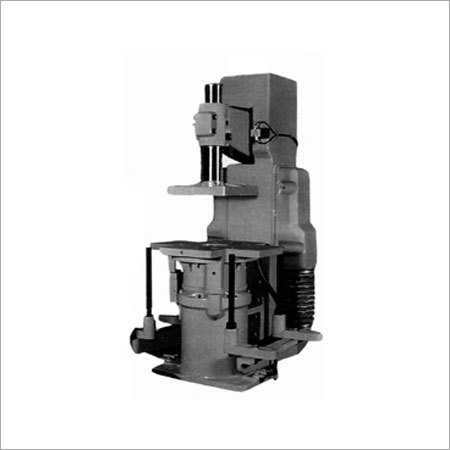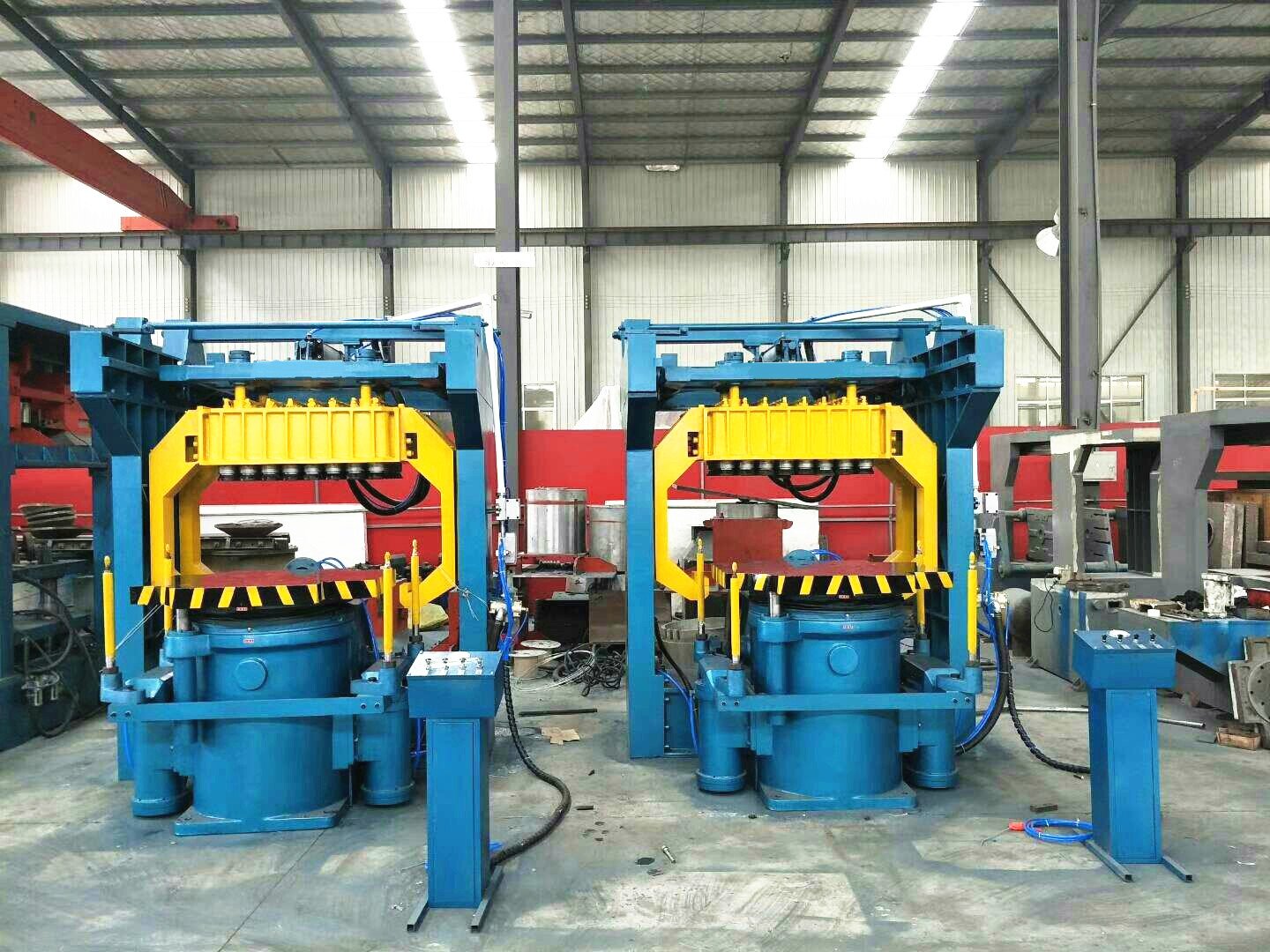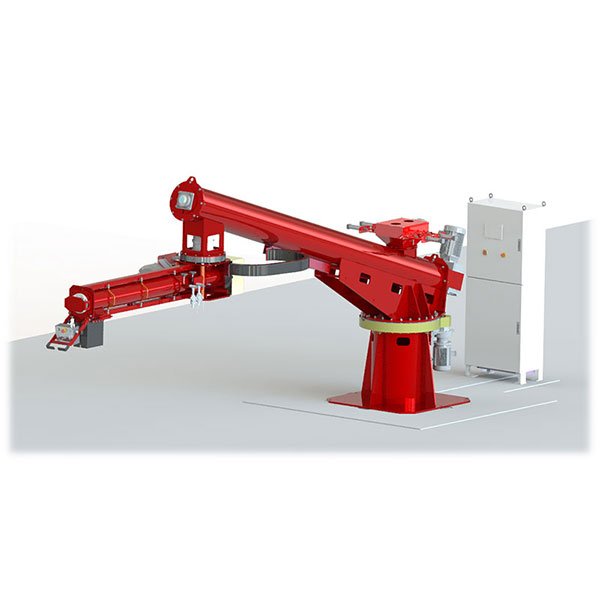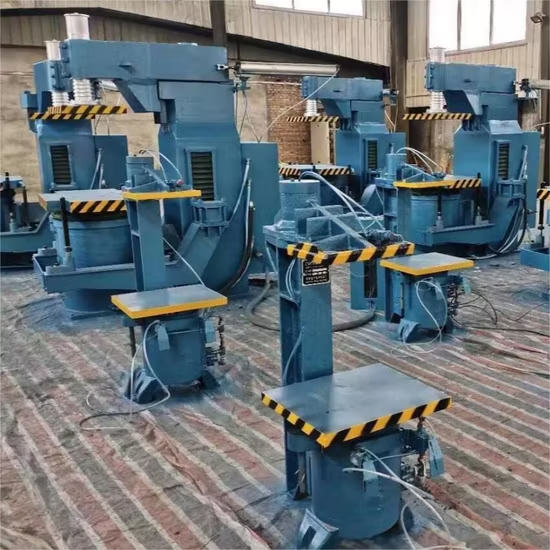Struggling with casting defects and inconsistent quality? The problem may not be your process—but your equipment.
High-quality foundry equipment is essential for reducing casting defects, ensuring dimensional accuracy, and achieving metallurgical consistency.
From my experience, even small upgrades to key machines have a measurable effect on casting integrity. Let’s explore how the right equipment can improve your outcomes.
Why Foundry Equipment Quality Directly Affects Casting Results
Not all defects come from poor technique—many start with worn-out or improperly configured machines.
The right foundry machine guarantees process repeatability, temperature stability, and precise control—all of which are critical to casting quality.

Here are some of the most common defects caused by inadequate or misconfigured equipment:
| Defect Type | Cause Linked to Equipment |
|---|---|
| Porosity | Inconsistent pouring speed or air entrapment |
| Inclusions | Poor melting furnace cleanliness or ineffective filtration |
| Shrinkage Cavities | Improper cooling rates or poor mold design execution |
| Flash/Burrs | Worn-out molds or inaccurate clamping force |
| Sand Burn-on | Unstable core-making pressure or unregulated shakeout |
Precision and process stability are the foundation of casting excellence. A machine that delivers the same performance cycle after cycle enables consistent part quality, even in large batches.
Key Foundry Machines That Improve Casting Quality
Every stage of casting has its critical equipment—and each can directly affect final product quality.
From molding and melting to pouring and finishing, high-performance foundry machines reduce variation and improve surface finish, dimensional control, and structural integrity.
| Machine Type | Quality Function |
|---|---|
| Molding Machine | Ensures dimensional stability, mold density, and surface uniformity |
| Melting Furnace | Maintains consistent melt temperature and alloy composition |
| Core Making Machine | Delivers accurate internal cavity shapes and repeatable dimensions |
| Pouring System | Controls metal flow to prevent turbulence and air entrapment |
| Shakeout Machine | Removes residual sand without damaging thin sections |
| Finishing Equipment | Improves tolerance, removes burrs, and enhances surface appearance |
In one project, replacing a manual pouring ladle with a servo-controlled automatic system cut air-related porosity defects by 37% over three months.
Foundry Machine Settings That Influence Casting Quality
Machines don’t just need to be high-quality—they need to be calibrated correctly.
Precise control of foundry machine settings—mold pressure, pouring velocity, cooling rates—ensures consistency and prevents defects.

Here are the key parameters that must be monitored:
| Parameter | Impact on Casting Quality |
|---|---|
| Mold Compaction Pressure | Affects surface finish and dimensional stability |
| Pouring Speed | Controls turbulence and reduces inclusion risk |
| Melt Temperature | Influences grain structure and mechanical properties |
| Cooling Time | Must be tuned to avoid shrinkage and cracks |
| Core Blowing Pressure | Determines accuracy of internal cavity features |
Modern systems now incorporate PLCs and sensors that track these metrics in real-time. If your equipment lacks this feedback, it’s time to consider an upgrade.
How to Maintain Foundry Equipment for Consistent Casting Quality
Even the best machine can cause problems if poorly maintained.
Routine maintenance of foundry machines is essential for avoiding unplanned downtime, controlling variation, and sustaining casting quality.
| Maintenance Task | Why It Matters |
|---|---|
| Daily Visual Checks | Detects leaks, worn hoses, or alignment issues early |
| Calibration Audits | Keeps sensors, load cells, and control systems accurate |
| Lubrication & Cleaning | Reduces wear and prevents contamination in sensitive systems |
| Replacement of Consumables | Prevents process variability due to degraded parts (e.g., seals) |
| Shakeout Maintenance | Prevents over-vibration that can damage thin cast walls |
I recommend creating a preventive maintenance schedule tied to actual machine hours—not just the calendar. This ensures wear-based maintenance rather than guesswork.
Choosing Foundry Equipment Based on Casting Material
Not all metals behave the same—your equipment shouldn’t either.
Different casting materials require tailored foundry machines for melting, molding, and pouring, to prevent quality issues.
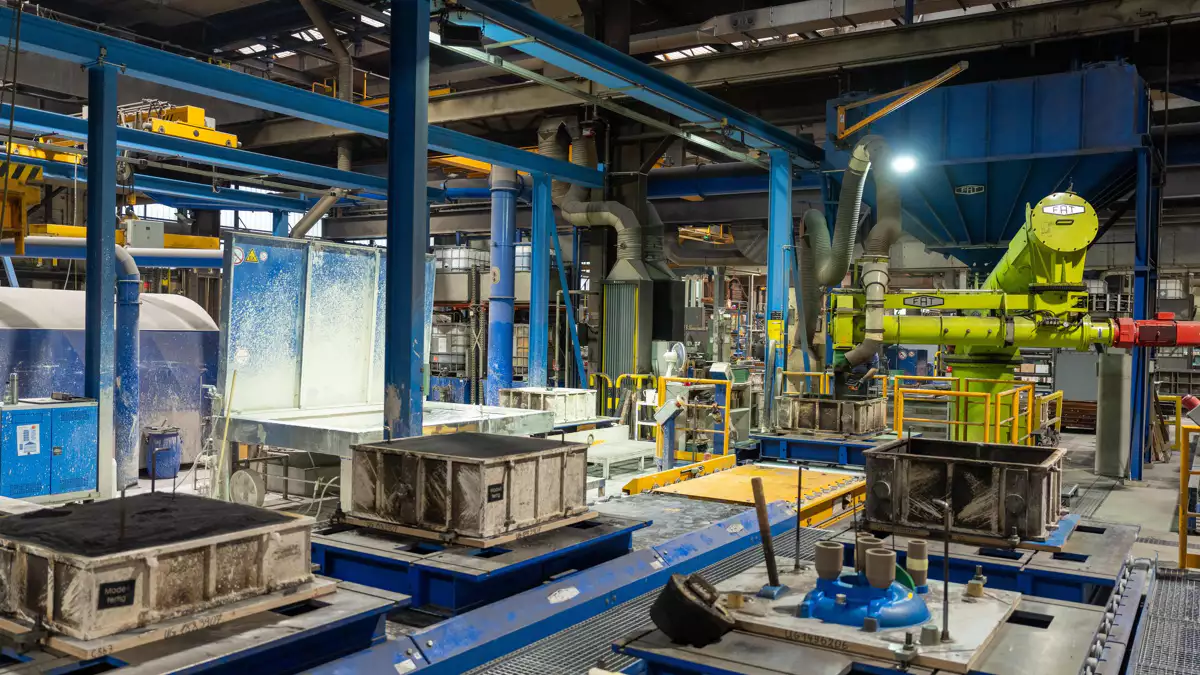
| Material Cast | Equipment Requirements |
|---|---|
| Aluminum | Needs fast cooling, ceramic coatings, and controlled low-turbulence pour |
| Cast Iron | Demands high-temperature furnaces, silica molds, and robust shakeout |
| Steel Alloys | Requires precise temperature hold, inert gas shielding, and refractory molds |
| Copper/Bronze | Sensitive to oxidation—needs sealed pouring and clean mold surfaces |
Using a generic furnace or mold for specialized alloys often results in inconsistent grain structure, oxidation, or hot tearing.
Upgrading Old Foundry Machines to Improve Casting Output
Sometimes the root cause of casting issues isn’t in the process—but in the equipment age.
Old or poorly maintained foundry equipment can introduce process instability, dimensional drift, and energy inefficiency.
| Sign of Equipment Limitation | Resulting Issue |
|---|---|
| Inconsistent Mold Fill or Density | Warped or flash-heavy castings |
| Uncontrolled Pouring Temperatures | Shrinkage, porosity, weak bonding |
| Delayed Shakeout or Sand Caking | Surface inclusions and non-uniform cleaning |
| Manual Grinding and Finishing | High operator variability and safety risks |
Retrofitting older machines with new control panels or actuators often pays back within a year due to reduced rework and downtime.
Real-World Improvements from Optimizing Foundry Equipment
I've seen firsthand how investing in the right equipment changes the game.
Upgraded foundry machines have been shown to reduce defect rates by up to 40%, while improving yield and surface quality across various operations.

| Case Study | Before Improvement | After Optimization |
|---|---|---|
| Small Aluminum Foundry | 12% porosity rate, rough surface finish | 4% porosity, mirror-like surfaces with new pour unit |
| Iron Casting Shop | 18% scrap due to core misalignment | <5% scrap after upgrading to new core shooter |
| Mid-size Job Shop | Manual grinding led to part variability | CNC finishing improved dimensional accuracy by 30% |
Anonymous feedback from multiple clients emphasizes not just the quality benefits—but also the improved morale and safety from modern equipment integration.
FAQs About Foundry Equipment and Casting Quality
Which foundry machine has the biggest impact on casting defects?
The pouring system—poor metal flow control introduces turbulence, porosity, and misruns.
Can foundry equipment alone solve porosity issues?
It plays a major role, but gating design, alloy control, and degassing also matter.
How often should foundry machines be calibrated?
Critical systems should be calibrated at least quarterly, or after any major service.
Conclusion: Investing in the Right Foundry Equipment for Superior Casting Quality
Casting quality begins and ends with consistency—and that consistency starts with your equipment.
By aligning foundry machine selection, setup, and maintenance with the specific needs of your materials and production goals, you can eliminate common defects and meet the highest standards of precision.
Don’t wait until scrap rates rise—audit your equipment today and make the adjustments that bring lasting casting improvement.


